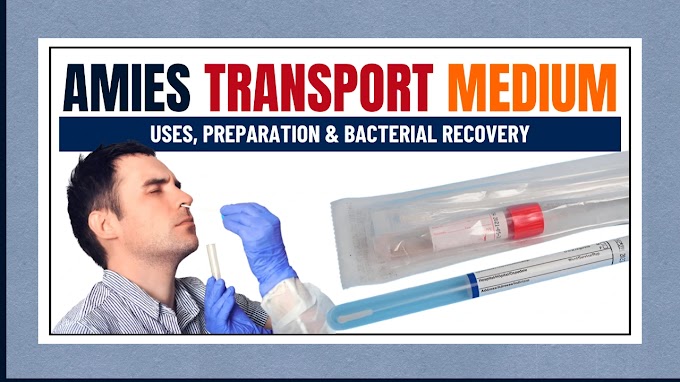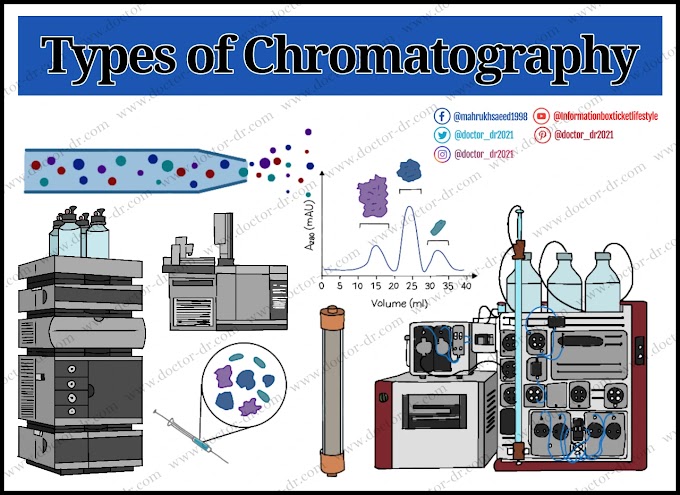When non-permitted foreign objects are purposefully added to food, the meal's volume and weight are increased. This is known as food adulteration. This demonstrates how reduced prices result in greater economic advantages, which helps boost trade volume.
Food adulteration can occasionally occur accidentally as well.
If customers eat contaminated food, their health is put at risk. It can put them in risk and have an impact on their physiological processes because of the addition of harmful substances or the removal of essential elements.
Food adulteration can happen in one of two ways:
- by adding, removing, or substituting ingredients that have a negative impact on the quality of food.
- accidental contamination of food with harmful elements such poisons, pesticides, pathogenic bacteria, and fungus as a result of carelessness or a lack of appropriate storage facilities
- hazardous microorganism contamination at the stages of manufacture, packaging, storage, and handling.
What are food adulterants?
Foreign substances that are added to food intentionally or that have the potential to be added are known as food adulterants.
The most typical food adulterants and tainted foods are;
- Milk: Water, soda
- Ghee: Hydrogenated fat, animal fat
- Vegetable oils: cheap/non-edible Linseed, minerals oil
- Wheat and rice: Stones, stone muds, marble chips
- Wheat flour: Maida, Chalk powder and lime powder
- Bengal gram daal: Kesari daal
- Chili Powder: Red dye
- Black pepper: Dried papaya seeds, tea
Types of food adulteration:
1. Incidental or Indirect adulteration
2. Intentional or Direct adulteration
3. Metallic adulteration
1. Incidental or Indirect food adulteration:
- This is an unintentional inclusion of food adulterants. It can be the consequence of inexperience, carelessness, or poor conditions at the time of food manufacture, packing, storage, or handling.
- E.g. Pesticide residues, insect larvae, bird and insect droppings, etc.
2. Intentional or Direct food adulteration:
- This involves the purposeful or intentional inclusion of subpar ingredients to cuisine. Traders typically use this strategy to improve visual appeal and increase earnings.
- E.g. Chalk powder in flour, marble chips and stones in rice and dal, colours, mineral oils, etc.
3. Metallic food adulteration:
- purposeful or unintentional introduction of metallic substances into food
- E.g. Mercury (marine fish polluted with dimethyl mercury), lead (turmeric covered with lead chromate), arsenic (drinking water and fruits), tin, cadmium, cobalt, etc.
Health Hazards of food adulteration:
Consuming tainted food exposes consumers to a number of health risks. Here are a few of them:
- If used in excess in coloured foods, permitted food colours like metanil yellow (found in turmeric powder and Arhar dal) can lead to allergies, hyperactivity, liver damage, infertility, weakness, vomiting, anaemia, cancer, birth deformities, etc.
- Mineral oil is also harmful when added to food oils and fats.
- When lead chromate is added to turmeric powder and other spices, it can result in lead poisoning, which can induce mental retardation, epigastric discomfort, nausea, constipation, anaemia, and other health problems.
- Curry powder contains potassium dichromate, which can make you jittery and inflict gripping abdominal agony.
- Cobalt contamination in beverages and water can harm the heart. Similarly, colic discomfort, vomiting, and diarrhoea can be brought on by copper, tin, and zinc.
- When swallowed, dimethyl mercury-contaminated fish and wheat treated with mercury fungicide can result in death or severe brain damage.



~1.webp)

.webp)


